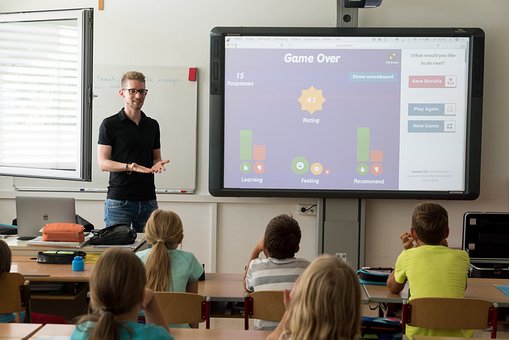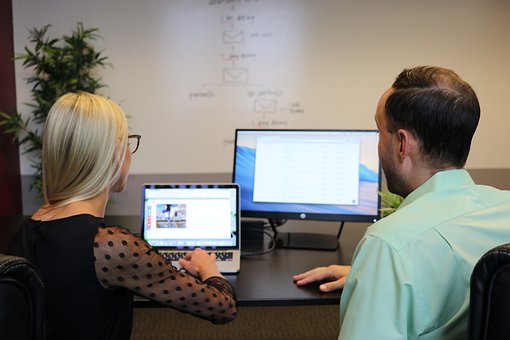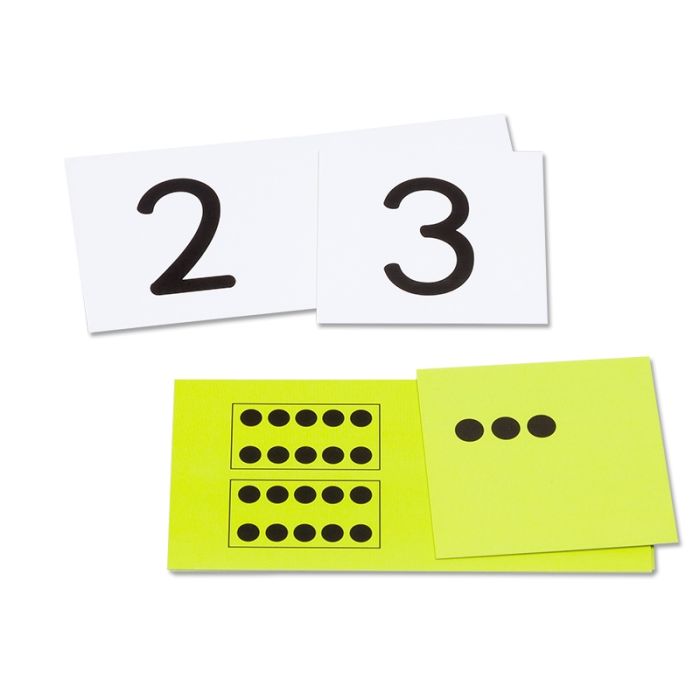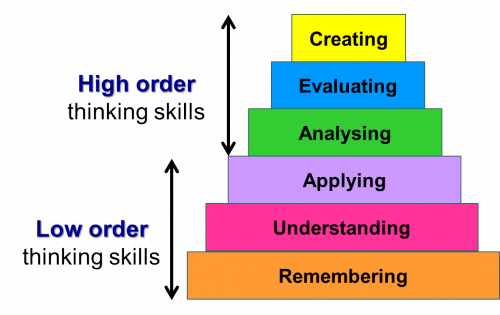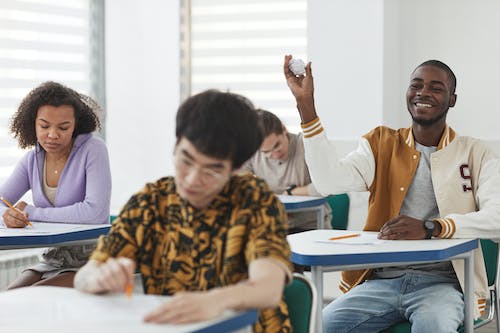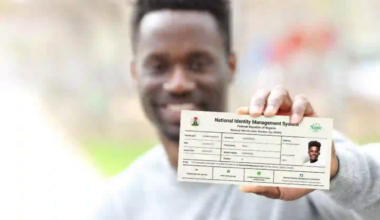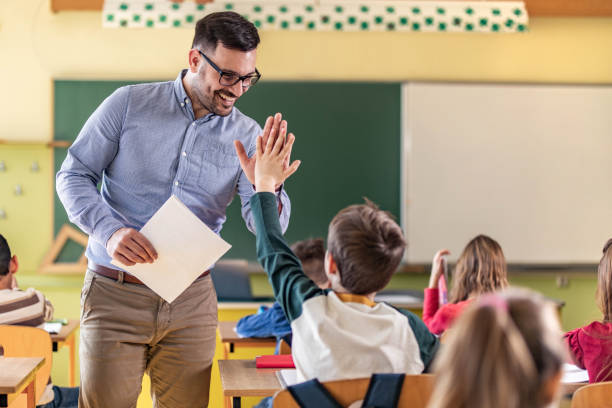As a teacher, one of your primary goals is to create an effective classroom environment for learning that fosters and helps your students thrive.
Creating an effective classroom environment for learning is very important to achieving the teacher’s goal, and it involves much more than just setting up desks and chairs in an organized manner.
In this blog post, we’ll explore some key strategies and tips for creating an effective classroom environment for learning that supports student and engagement. Let’s dive in
>> See This Suggestion: 10 Effective Classroom Discipline Ideas for Teachers
Table of Contents
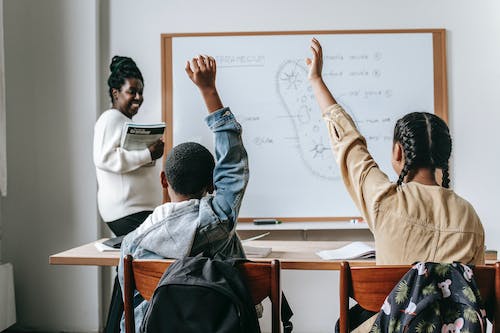
Establish a Positive Classroom Culture
One of the most important aspects of creating an effective classroom environment for learning is establishing a positive classroom culture. This means creating an environment where students feel safe, respected, and valued.
Teachers can do this by setting clear expectations for behavior, emphasizing teamwork and collaboration, and encouraging students to express themselves and share their ideas. When students feel valued and respected, they are more likely to be engaged and motivated to learn.
Optimize Classroom Layout and Design
Another key factor in creating an effective classroom environment for learning is optimizing the layout and design of the space. This means arranging furniture in a way that allows for easy movement and collaboration, and ensuring that there is ample space for students to work comfortably.
Teachers should also consider the lighting and temperature of the classroom, as these factors can have a significant impact on student comfort and concentration.
Use Technology and Digital Tools
In today’s digital age, incorporating technology and digital tools into the classroom can be an effective way to enhance learning and engagement. Teachers can use interactive whiteboards, educational apps, and online resources to provide students with a more interactive and engaging learning experience.
Digital tools can be used to provide students with personalized learning experiences, which can help them to better retain information and stay engaged.
>> See This Suggestion: 5 Best Classroom Management Tools for New Teachers
Use Active Learning Strategies
Active learning strategies are another effective way to create an engaging and effective classroom environment. This involves providing students with hands-on activities, group projects, and other interactive learning experiences.
By actively engaging students in the learning process, teachers can help them to better understand and retain information, while also fostering critical thinking and problem-solving skills.
Encourage Student Feedback and Reflection
Teachers can create an effective classroom environment by encouraging student feedback and reflection. This means providing students with opportunities to share their thoughts and ideas, and giving them regular feedback on their work.
Teachers can also encourage students to reflect on their learning experiences, which can help them to identify areas where they need improvement and develop stronger self-regulation skills.
Provide Opportunities for Different Learning Styles
Not all students learn in the same way, which is why it’s important to provide opportunities for different learning styles in the classroom. This means providing students with visual aids, hands-on activities, and other resources that cater to their individual learning preferences.
Teachers can also provide students with opportunities for independent work and group work, which can accommodate different learning styles and promote collaboration and teamwork.
Build Positive Relationships with Students
Another key factor in creating an Effective Classroom Environment for Learning is building positive relationships with students.
Teachers who take the time to get to know their students, show an interest in their lives, and provide emotional support when needed can create a more welcoming and supportive environment.
Positive teacher-student relationships can also help to foster a sense of community in the classroom, which can enhance student motivation and engagement.
Use Positive Reinforcement
Positive reinforcement is a powerful tool that can help to encourage and motivate students in the classroom.
Recognizing and rewarding students for their efforts and achievements, and providing constructive feedback when necessary. Teachers can use a variety of positive reinforcement strategies, such as verbal praise, stickers, certificates, and other rewards, to help students feel valued and motivated to learn.
Establish Clear Expectations and Procedures
Establishing clear expectations and procedures is essential for creating an effective classroom environment.
Setting clear rules and expectations for behavior, outlining procedures for classroom activities and routines, and providing consistent feedback and consequences when necessary. When students understand what is expected of them and feel that the classroom is a structured and predictable environment, they are more likely to feel comfortable and engaged.
Continuously Reflect and Improve
Creating an effective classroom environment is an ongoing process that requires continuous reflection and improvement. Teachers should take the time to reflect on their teaching practices, evaluate the effectiveness of their strategies, and seek feedback from their students and colleagues.
By continuously reflecting and improving, teachers can create a classroom environment that evolves and adapts to meet the changing needs of their students.
Conclusion On Effective Classroom Environment for Learning
Creating an effective classroom environment is a complex and multifaceted task that requires a combination of strategies and approaches.
By establishing a positive classroom culture, optimizing classroom layout and design, incorporating technology and digital tools, using active learning strategies, and continuously reflecting and improving, teachers can create an environment that supports student learning and engagement, fosters a sense of community, and helps students to reach their full potential.
